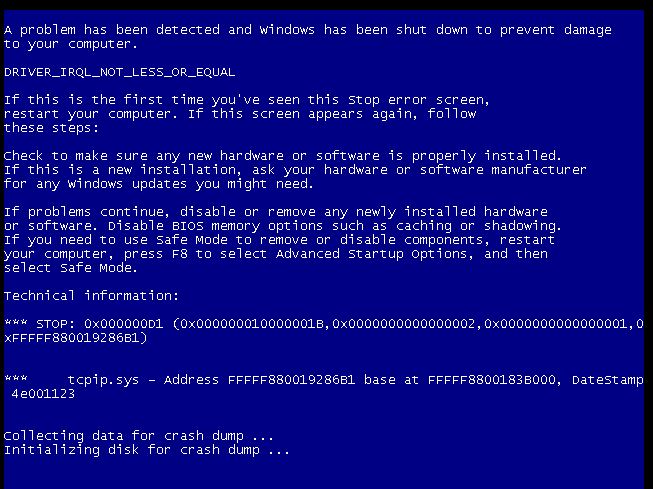I n an Active Directory environment where you have at least a single Domain Controller, the clients in that site will contact this Domain Controller for handling service requests. But suppose, you have a site without a Domain Controller (yes, it is possible). In that scenario, which Domain Controller does the client contact for handling its service requests. This is where the Automatic Site Coverage comes into play!!! Using Automatic Site Coverage, each Domain Controller checks all sites in the domain and calculate replication cost matrix. Thus the Domain Controller from a site which appears as the closest one (using site link cost calculation) to the site without Domain Controller will advertise itself as the authoritative one. If there are multiple sites with the same cost link to the site without Domain Controller, then the site with the most number of Domain Controllers will be chosen. If t...

